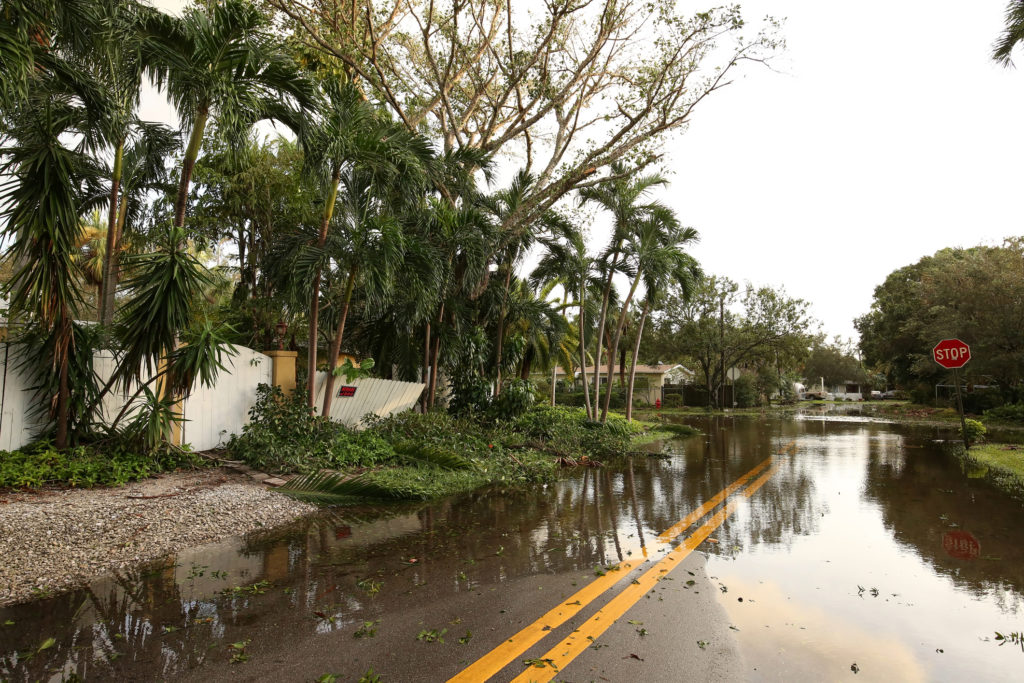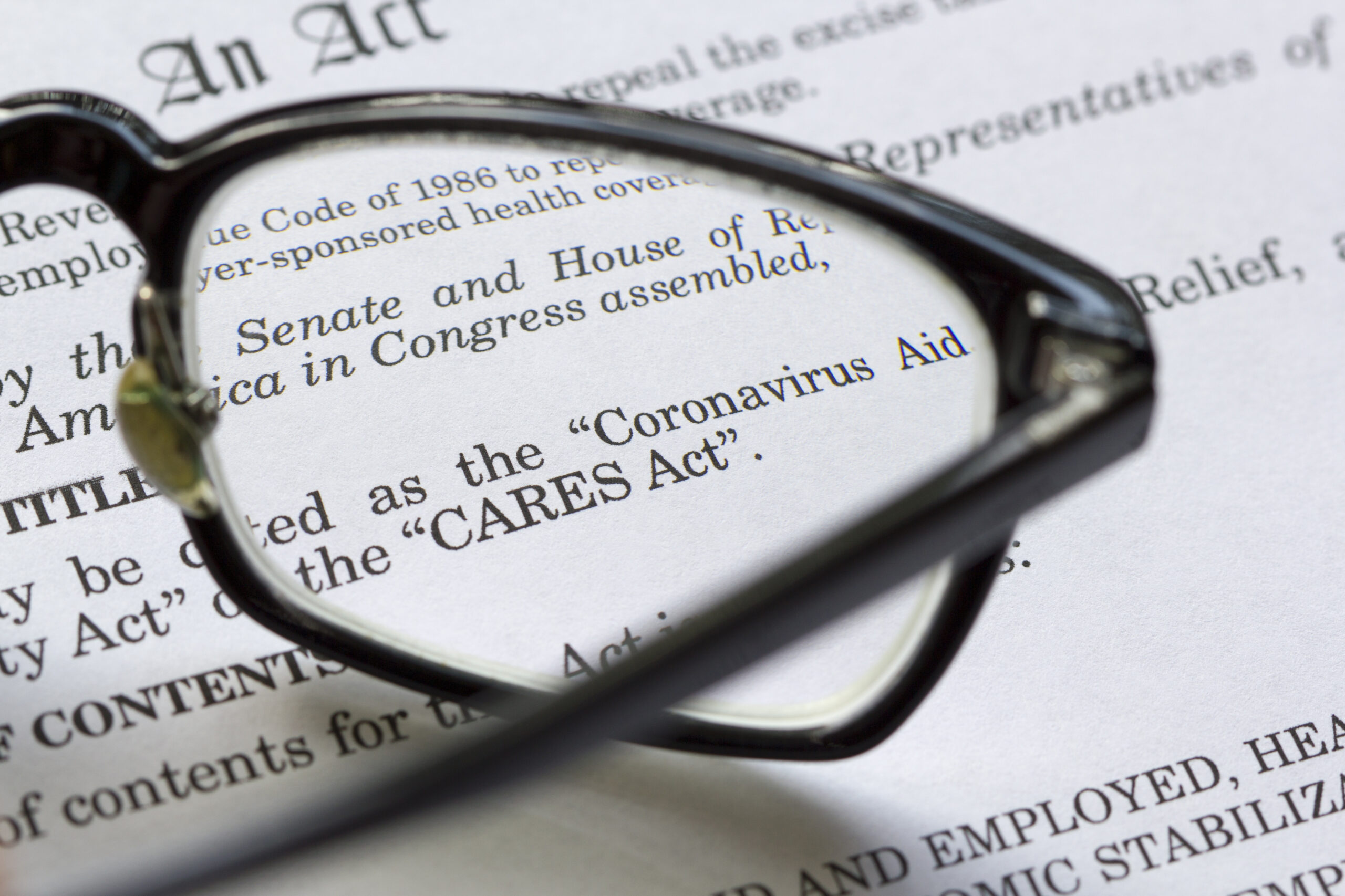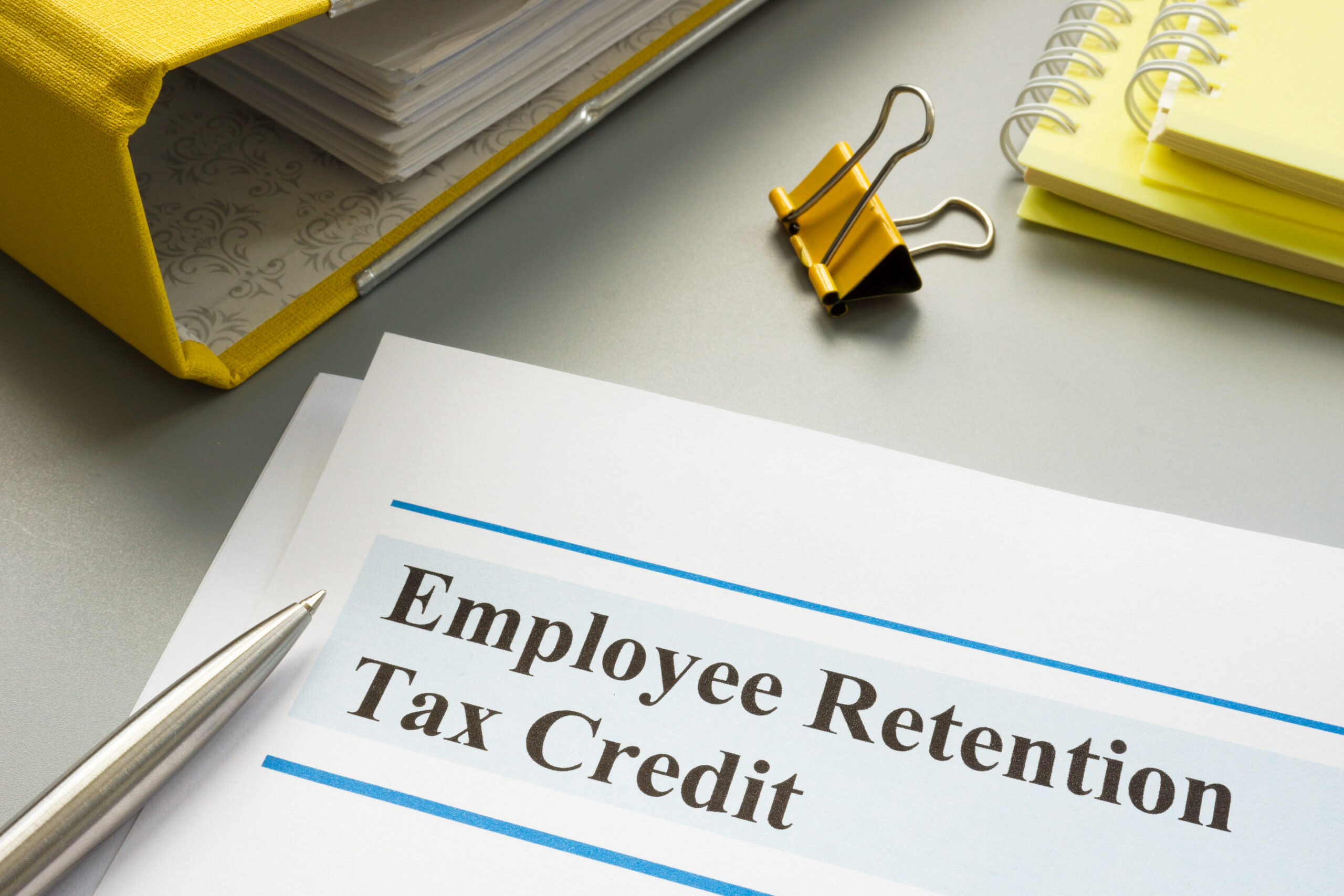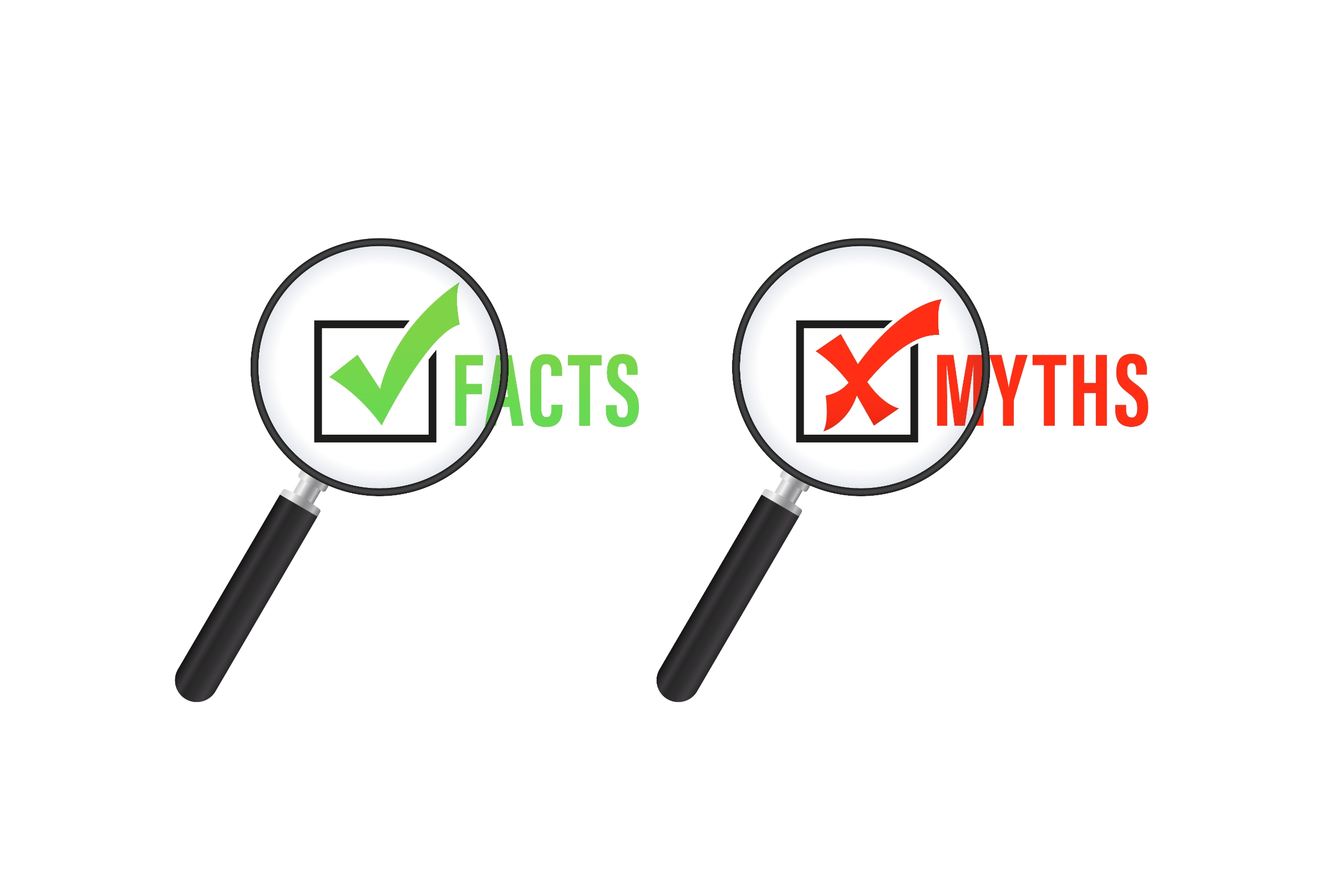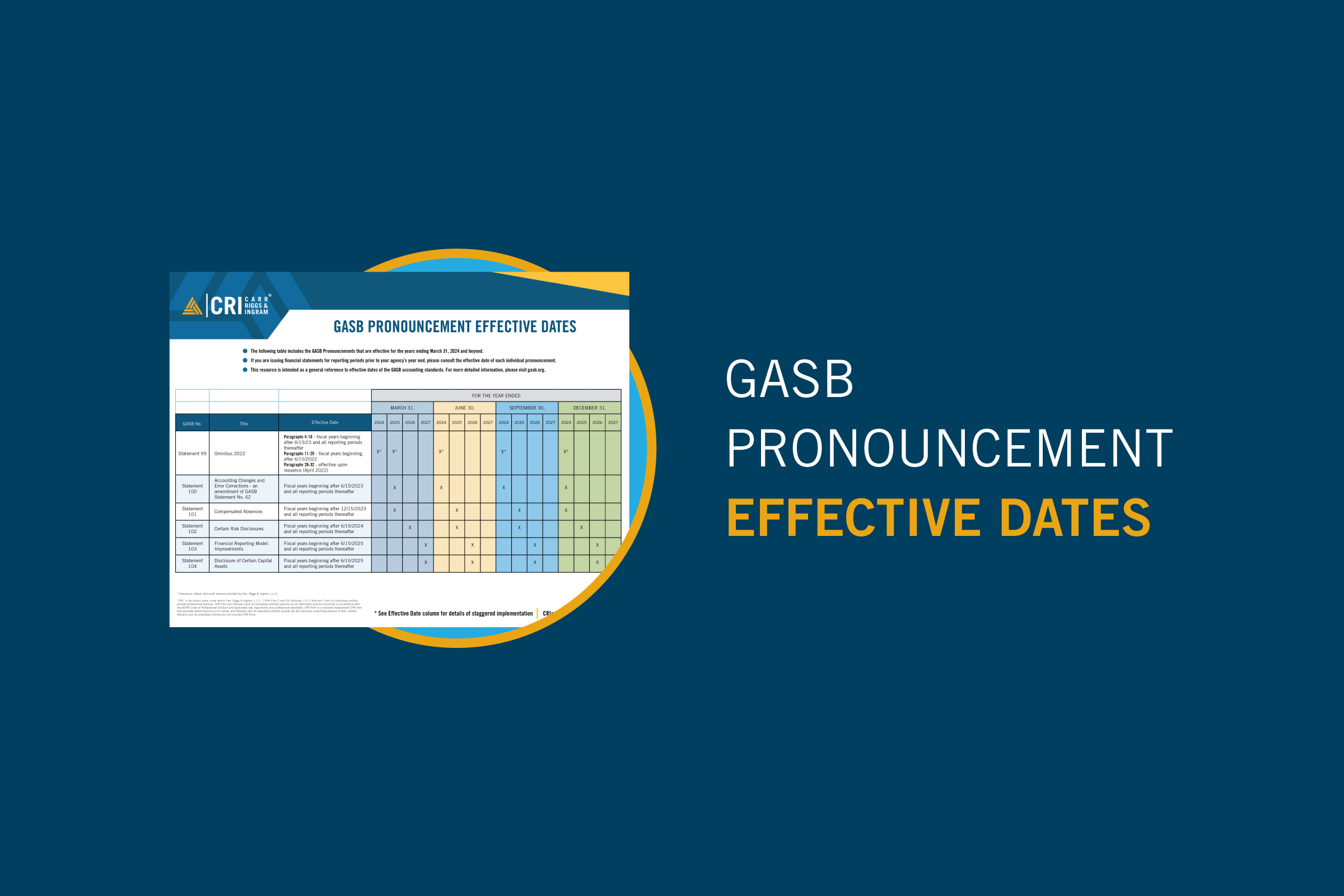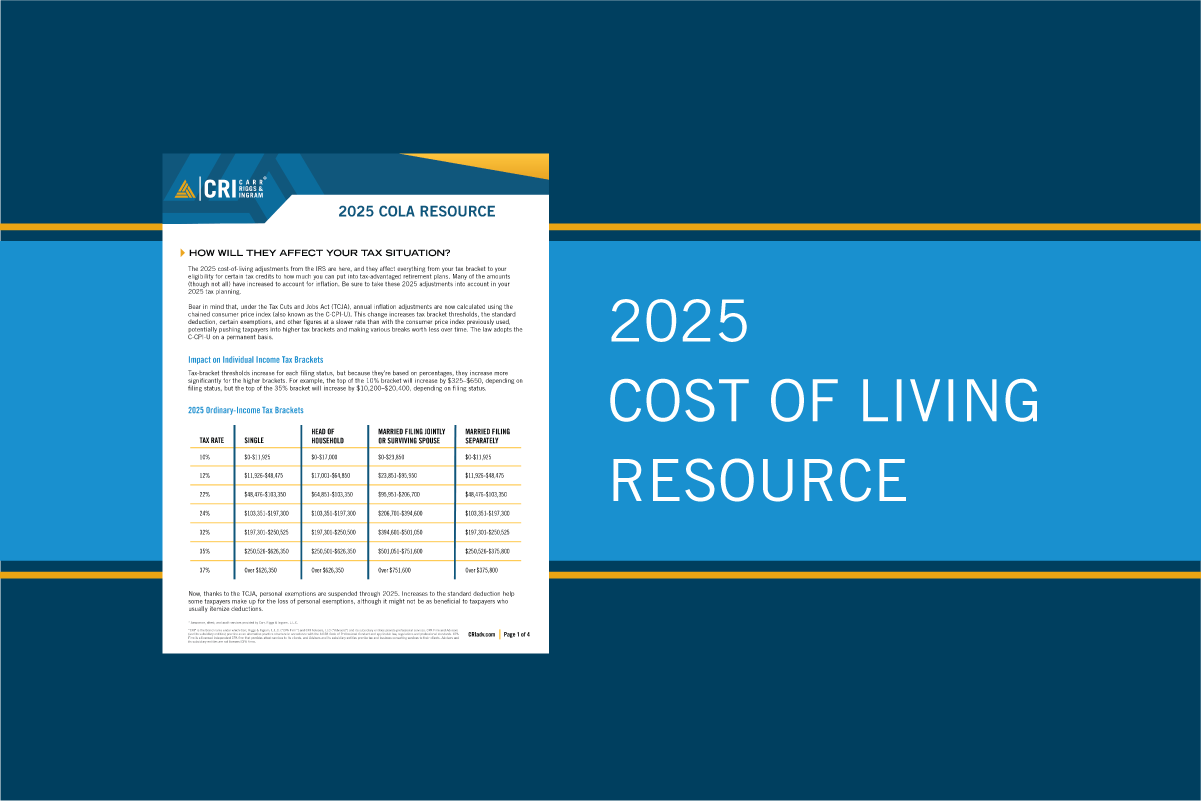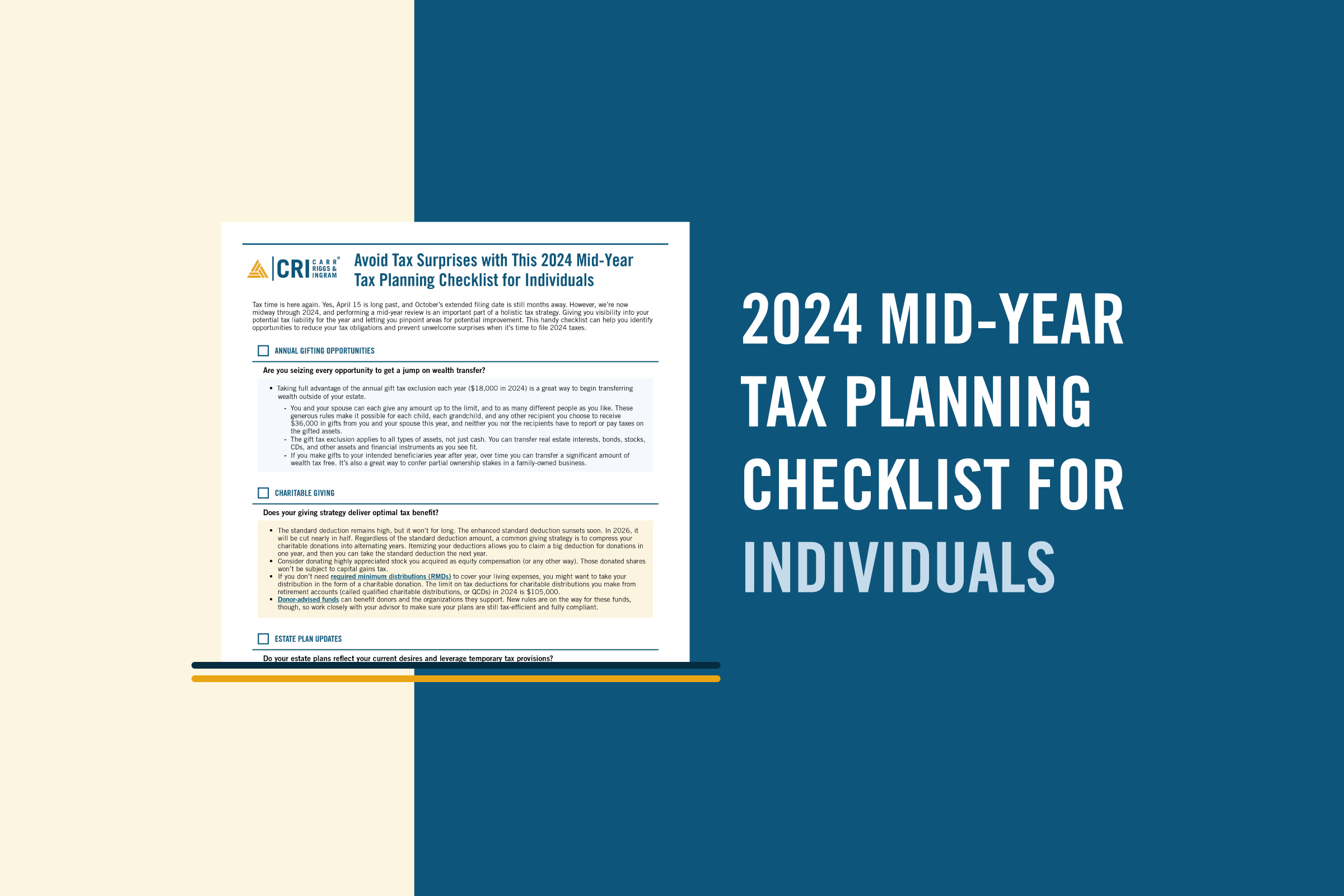Bracing for Disaster? Prepare to Deduct Casualty Losses
Jul 23, 2024
Natural disasters seem to be increasing at an alarming rate. Each year, our nation is plagued with wildfires in the West, tornados in the Midwest, flooding in the Northeast, and hurricanes in the South and Southeast. Few businesses are completely safe from an impending disaster. Fortunately, the IRS has plans in place to aid businesses that suffer unexpected losses to their business property.
What Types of Losses Are Deductible?
The IRS allows businesses to deduct losses from natural disasters, theft, or other casualties. Under current IRS rules for tax years 2018-2025, individuals are only allowed to claim a casualty loss deductions in federally declared disaster areas. A casualty loss is damage or destruction of property that is the result of an unexpected or sudden event. The IRS has an extensive list of the types of events that could produce a deductible casualty loss, but here are a few of the more common ones:
- Car accidents
- Wildfires
- Vandalism
- Storms, including hurricanes and floods
- Earthquakes
- Tornados
- Government-ordered demolition
Not all losses are deductible. Accidental damage, damage caused by negligence, and progressive deterioration of property are examples of nondeductible losses. Additionally, any losses that are eligible to be reimbursed by insurance are not deductible.
After a disaster or casualty occurs, business leaders should act promptly. Generally, a loss should be deducted in the year it occurred, although losses that occurred in federally declared disaster areas can be deducted on the prior year return.
How Much Is Deductible?
There are two different formulas to help businesses calculate their deductible casualty losses: one for a partial loss, and another when the casualty is a total loss. Before getting started, taxpayers must be familiar with two tax terms: Adjusted Basis and Change in Fair Market Value.
The Adjusted Basis on any property is typically the amount you paid for the item, less depreciation, plus amounts paid to improve the property.
The Fair Market Value (FMV) is the price you can reasonably expect to receive when selling the property. There are multiple acceptable ways to determine your property’s FMV. You can, for example, commission an appraisal, request repair estimates from independent licensed contractors, or estimate the change in FMV based on the actual costs it took to repair the item. The Change in FMV is the difference between the value before the disaster and after the disaster.
Once taxpayers understand these terms, they can begin their calculations.
Partial Loss
The calculation for deducting a partial casualty loss is:
Lesser of [Adjusted Basis] or [Change in FMV]
Less: Insurance Proceeds
= Deductible Loss
Total Loss
When an item cannot be repaired or sold for reuse, a total loss has occurred. The calculation for deducting a total casualty loss is:
Adjusted Basis
Less: Insurance Proceeds
= Deductible Loss
The IRS provides a workbook that taxpayers can use to help them calculate their casualty losses. Using a schedule like the one at the end of this workbook will be especially helpful for businesses with multiple items that have been damaged. Whereas individuals can group all personal-use residential property as one item, businesses must account for each item separately. We recommend starting this exercise as soon as possible after the dust has settled. Accounting for every chair, lamp, and stapler—not to mention computers, routers, and other information system assets—can take a lot of time and manpower. Putting this task off until tax time could lead to a rushed process and potential oversights and errors.
How to Claim Casualty Losses
Both individuals and businesses looking to claim a casualty loss must file Form 4684 in the year the loss occurred. If you failed to claim the deduction in the year you were eligible, you might be able to amend a prior-year return to do so. Losses on business and income-producing property will be reported in Section B on Page 2 of Form 4684. If you are a shareholder in a pass-through entity like a partnership or an S corporation, you must report your portion of the business’s casualty loss as an itemized deduction on Schedule A of your individual return. Keep in mind that the Tax Reform raises the bar for deducting personal casualty losses – starting in 2018, only personal casualty losses incurred in federally declared disaster areas will be deductible on Schedule A.
Two caveats that could limit the benefits you receive from your deduction: First, if your casualty loss is more than your net income for the year, you may have a net operating loss (NOL). Under the new Tax Cuts and Jobs Act rules, you can carry forward your NOL in perpetuity, but beginning in 2018, you cannot carry it back to a prior year. Second, if your insurance proceeds are more than your property’s adjusted basis, you must report a taxable gain. However, you may be able to defer the gain recognition if you purchase similar replacement property with those proceeds.
To successfully defend your deduction, you must be able to prove that there was a casualty, disaster, or theft. Keep records that show (1) that you were the owner of the property; (2) when the casualty/theft occurred; (3) that the loss was a direct result of the casualty/theft; and, (4) whether or not insurance will cover the damage.
Prepare for the Worst
It’s important to remember that all businesses, even those not in the typical path of natural disasters, can suffer damages that would be eligible for this deduction. Whether your business is bracing for the next hurricane or recovering from a wildfire or other casualty, give your CRI professional a call to discuss these casualty loss rules and determine how your business can prepare to claim a deduction.

